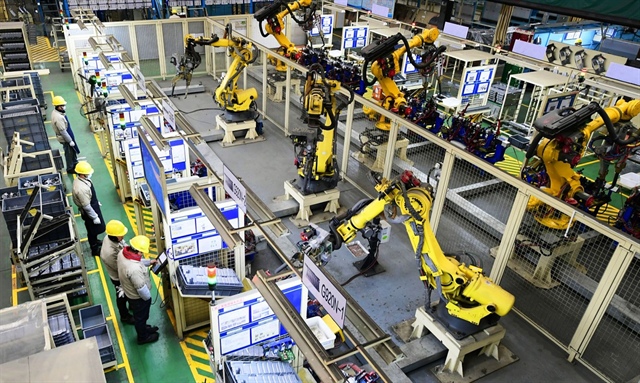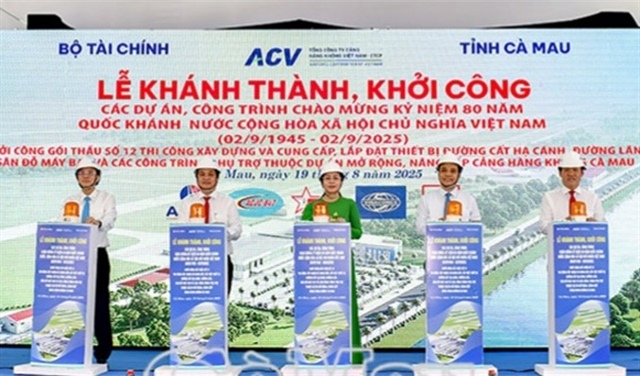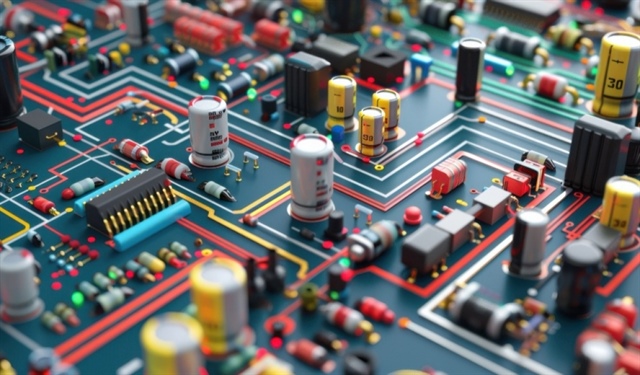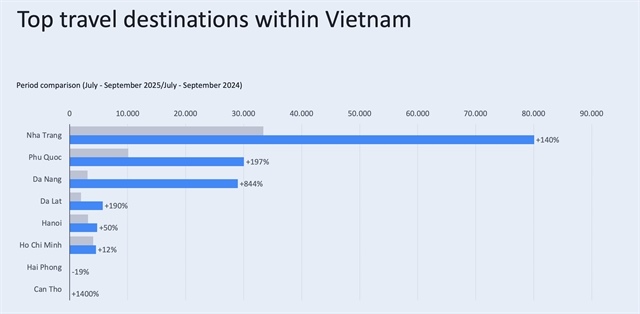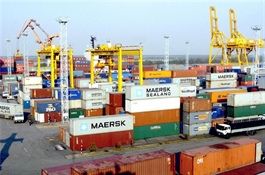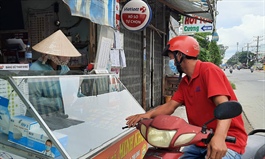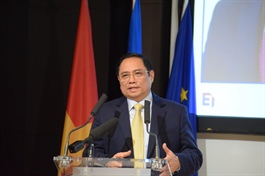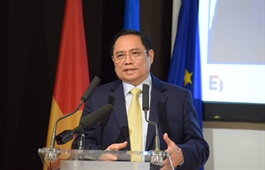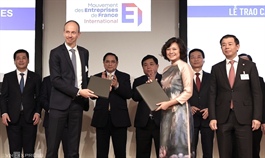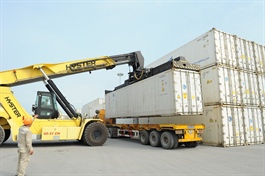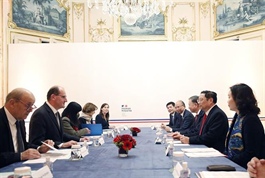IZ upgrades vital in competition for foreign investment
IZ upgrades vital in competition for foreign investment
In the context of the post-pandemic shift of global investment flows, growing competition among developing countries for foreign direct investment (FDI) requires Vietnamese industrial zones (IZs) to upgrade their facilities to attract investors.
Major contributions
According to the Ministry of Planning and Investment, 394 IZs have been established nationwide over a total area of 121,900ha.
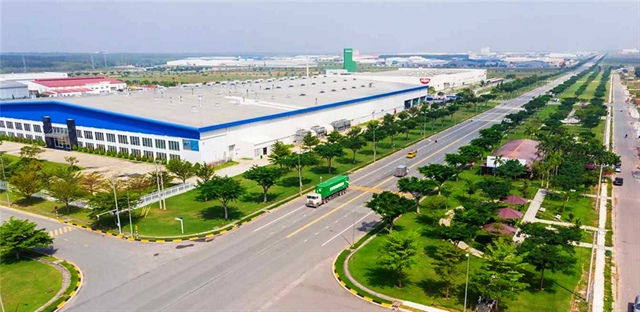
IZs and EZs with adequate infrastructure will attract quality investment projects |
Of these, 286 IZs are operational with total area of 86,000ha, while 108 IZs on 35,900ha are under construction. Currently, 10,853 FDI projects in IZs and economic zones (EZs) are valid with total registered capital of US$228.4 billion, 69.6 percent of which has been disbursed. Another 10,186 domestic investment projects are still valid in IZs and EZs with total registered capital of VND2,530 trillion, 45.4 percent of which has been disbursed.
IZs and EZs have contributed significantly to the state budget and generated jobs for local workers. Projects based in IZs and EZs have created quality products for domestic sale and export.
According to Deputy Minister of Planning and Investment Tran Duy Dong, IZs and EZs have contributed to accelerating economic restructuring as well as the industrialization and modernization process, promoting Vietnam’s participation in global value chains. The development of IZs and EZs also contributes to institutional improvements, helping improve the business environment and stimulate administrative reforms.
|
Strategic vision needed
In the opinion of experts, however, the development of IZs and EZs remains unsustainable due to a lack of strategic and overall planning, leading to an imbalance between economic, social and environmental interests.
Phan Huu Thang, former director of the Foreign Investment Agency under the Ministry of Planning and Investment, said that IZs and EZs have yet to create manufacturing clusters capable of enhancing the competitiveness of Vietnamese industries, especially the manufacturing and processing industries.
Another problem is related to compensation for site clearance. Due to a lack of suitable policies and mechanisms, it still takes IZ infrastructure investors too long to complete administrative procedures in this field.
In the opinion of IZ infrastructure investors, integrating the Law on Investment with the Law on Land is vital for attracting IZ investment. According to Le Bich Loan, Deputy Head of the Saigon Hi-tech Park Management Board, businesses based in IZs are facing the risk of worker shortages in the post-pandemic period. Therefore, in her opinion, businesses should fulfill their social responsibility in ensuring employee welfare. In the past, foreign companies chose to invest in Vietnam mostly to take advantage of low labor costs, but this has changed in recent years with many companies which create high added value investing in Vietnam.
Phan Huu Thang said that it is necessary to build and tighten the linkage between businesses based in IZs and EZs, as well as the linkage between domestic and foreign invested companies. In his opinion, greater attention should be paid to developing new IZ models such as eco-industrial zones, industrial-urban-service zones, support industrial zones, and hi-tech parks in order to attract quality investments.


